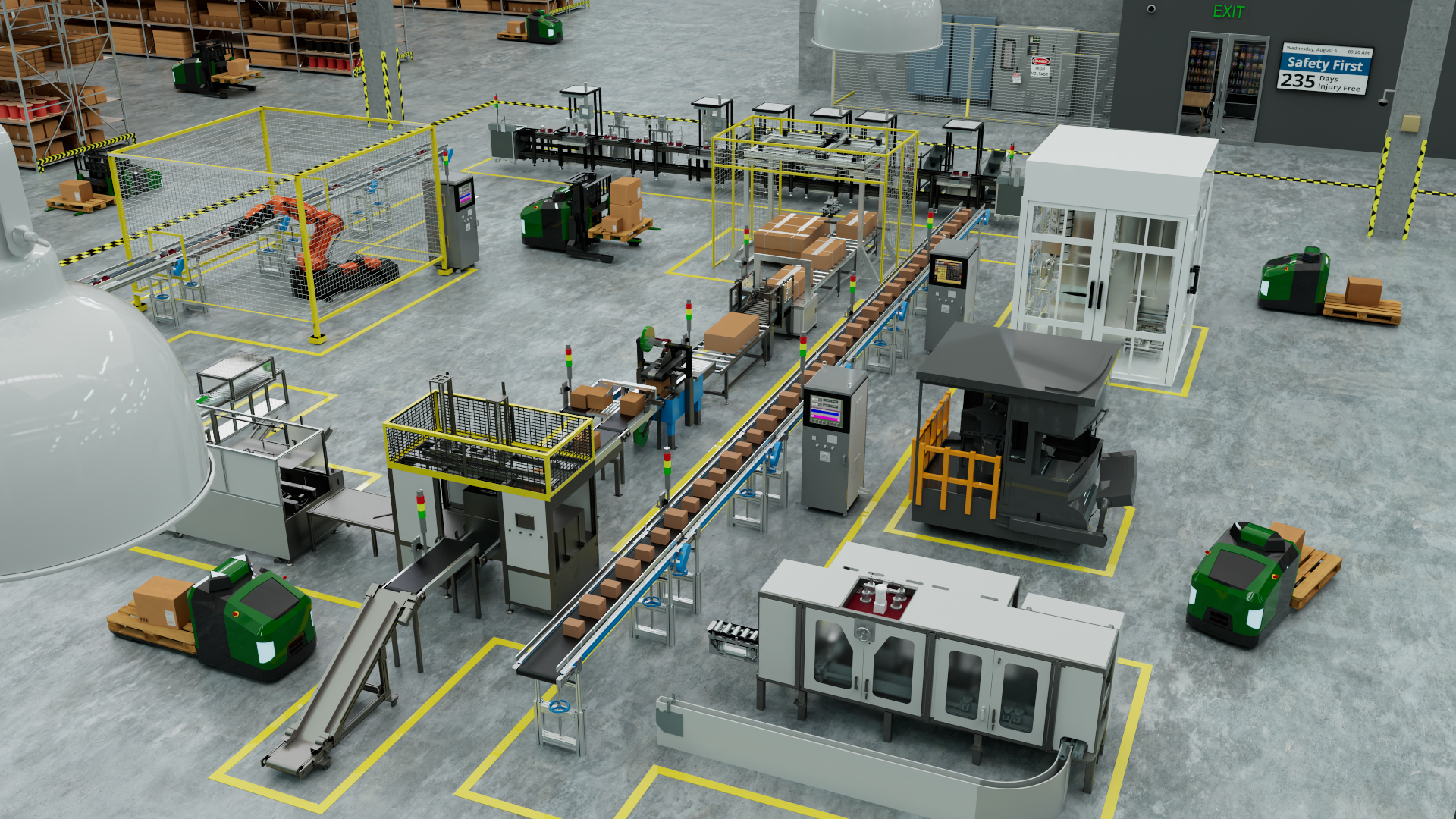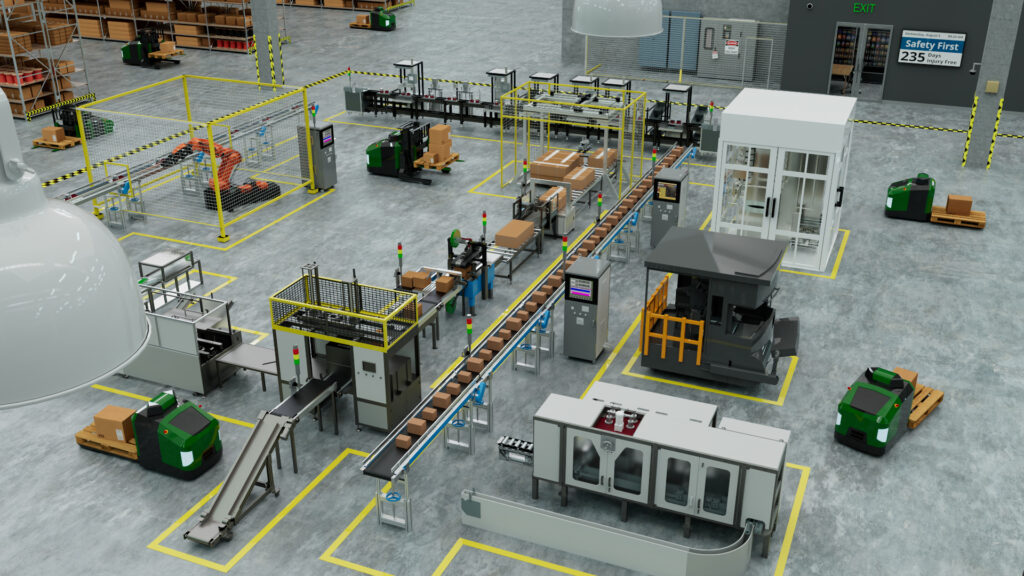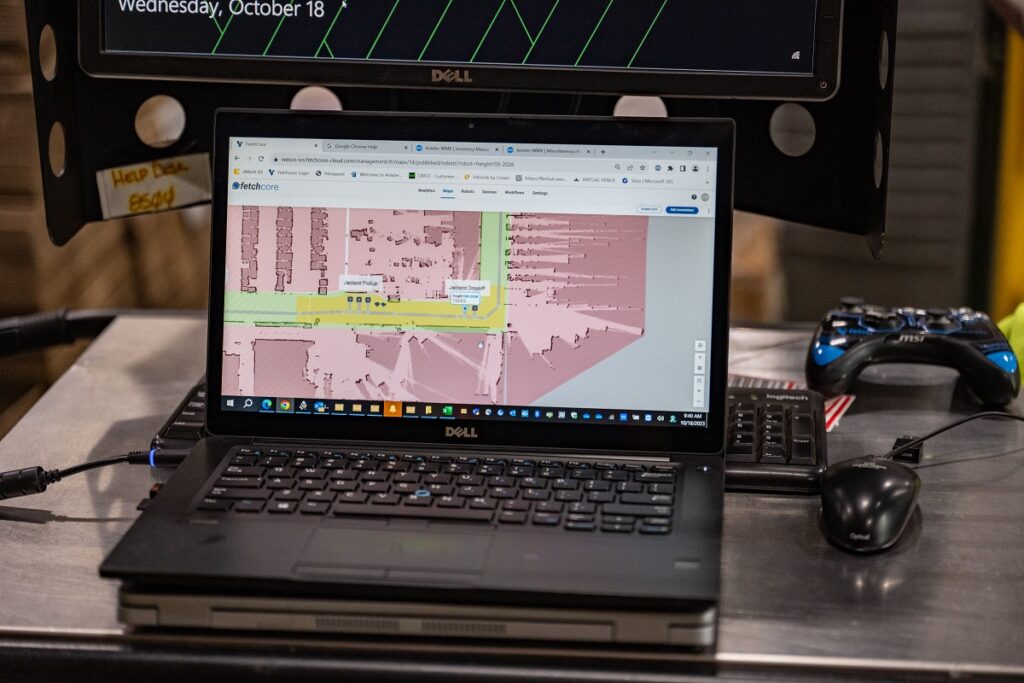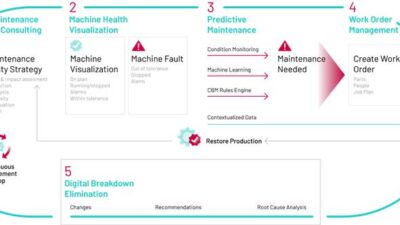Asset performance management (APM), a part of predictive maintenance, can help manufacturers proactively maximize equipment, minimize unplanned downtime, provide greater visibility into operations and leverage real-time data to keep operations running smoothly.

Asset performance management (APM) insights
- APM can make onboarding newer employers easier by leveraging historical processes, consistent data feeds, intuitive dashboards and automated alerts.
- Plants can adjust production schedules based on real-time performance data, ensuring lines operate at peak efficiency.
- Manufacturers can proactively monitor equipment health and receive alerts when a machine begins showing signs of wear of malfunction.
Data has become the lifeblood of many critical manufacturing processes, providing the insight and actionable details needed to keep operations running efficiently.
This is especially critical when it comes to improving the performance of equipment throughout its life cycle. Properly using machine data can enable a proactive and predictive approach to maintenance that can help address concerns before they take production offline.
Asset performance management (APM) has emerged as a critical component of this effort. The ability to track everything from vibration analysis to machine efficiency, equipment health to production schedule data and then leverage that information to make real-time decisions, can mean the difference between smooth production and significant operational losses due to machine failure. This is no small matter. Unplanned downtime costs industrial manufacturers an estimated $50 billion annually, according to industry statistics.

With greater visibility into operations and the ability to minimize costly, unplanned downtime, APM solutions can help manufacturers make smarter decisions around machine performance, efficiency and even labor management. As the manufacturing industry continues to contend with a skilled labor shortage, APM can also bridge that gap by directing resources to the most pressing maintenance concerns and preventing problems before they start.
Approaching maintenance with APM
Let’s take a look at the four ways APM solutions can provide a comprehensive view of asset management and help enable a proactive, predictive approach to maintenance:
1. Better navigate and manage labor challenges
The workforce is shrinking. As experienced employees with plant floor expertise retire, bringing new workers up to speed remains a significant challenge. To help overcome this, APM can help manufacturers navigate the impact that labor shortages or less-experienced teams can have on maintenance programs. By leveraging historical processes, consistent data feeds, intuitive dashboards and automated alerts, APM can help ensure that onboarding newer workers is quicker and smoother and that the knowledge base of more experienced workers isn’t lost in the process.
Providing detailed insights into machine performance helps less experienced workers understand when they need to take action and helps streamline overall maintenance efforts. This also allows less experienced operators to perform more consistent, automated monitoring and decision making.
APM can also leverage historical data for insights into machine performance. This unique ability to look behind and plan, ensures maintenance requirements can be addressed more effectively and efficiently.
2. Avoid equipment breakdowns
When a machine breaks down, it isn’t just an inconvenience, it can cause a costly chain reaction: missed delivery deadlines, lost productivity and unsatisfied customers. Given the shrinking pool of skilled labor, manually inspecting machines outside of standard maintenance schedules is not always feasible. APM solutions allow manufacturers to proactively monitor equipment health and receive alerts when a machine begins showing signs of wear or malfunction or if they’re operating below optimal capacity. Tools such as data visualization, analytics and alerts work together to consistently monitor the performance and health of machines in real-time. This enables businesses to stay ahead of potential equipment failures and mitigate concerns before they become problems that impact overall production efficiency or lead to costly, unplanned downtime.
It’s important to note that with APM, automated alerts can also be monitored remotely. This reduces the need and expense for onsite expertise and enables businesses to leverage expertise across locations.

3. Overall equipment effectiveness (OEE) as part of a proactive maintenance effort
OEE is a critical component of any predictive maintenance effort. Without those metrics, it’s difficult to measure how operations are running and if or how it could be improved. Getting ahead of scheduled maintenance and using condition-based maintenance, which uses real-time data to predict when a machine will need service, helps manufacturers address issues before they lead to major disruptions. This, in turn, extends the life of equipment and avoids costly repairs or replacements. APM solutions can help manufacturers embrace a proactive approach to maintenance, enabling machines to stay up and running as much as possible.
For example, if a particular machine is operating below its optimal capacity, an APM alert allows workflows to be adjusted or resources to be reallocated to maintain efficiency. This level of visibility helps maximize throughput and enhances OEE, ensuring that production lines are running at peak performance and operational requirements are being met.
4. Transform equipment data into actionable insights
One of the greatest advantages of APM solutions is that they help manufacturers stay agile and responsive, transforming real-time equipment data into actionable insights that drive decisions.
For instance, it could help adjust production schedules based on real-time performance data, ensuring that lines are operating at peak efficiency –– or not running if they’re not needed. By leveraging historical data, it could predict when a machine will likely need maintenance and identify a timeframe to service the equipment –– perhaps during a less critical period –– effectively minimizing production impacts. By presenting aggregate data in an easy-to-understand dashboard, APM solutions provide manufacturers with the ability to make sense of the data their machines are generating.
In the competitive and evolving manufacturing environment, it’s more important than ever that organizations use every tool at their disposal — in this case the power of data, real-time insights and predictive maintenance — to stay ahead of equipment failures, maximize throughput and overcome workforce challenges.
Building an agile, resilient operation starts with informed decisions. By relying on powerful data insights from APM systems, organizations can limit curveballs with equipment failure, avoid downtime and proactively address maintenance issues as they strive to keep operations running as smoothly as possible.



